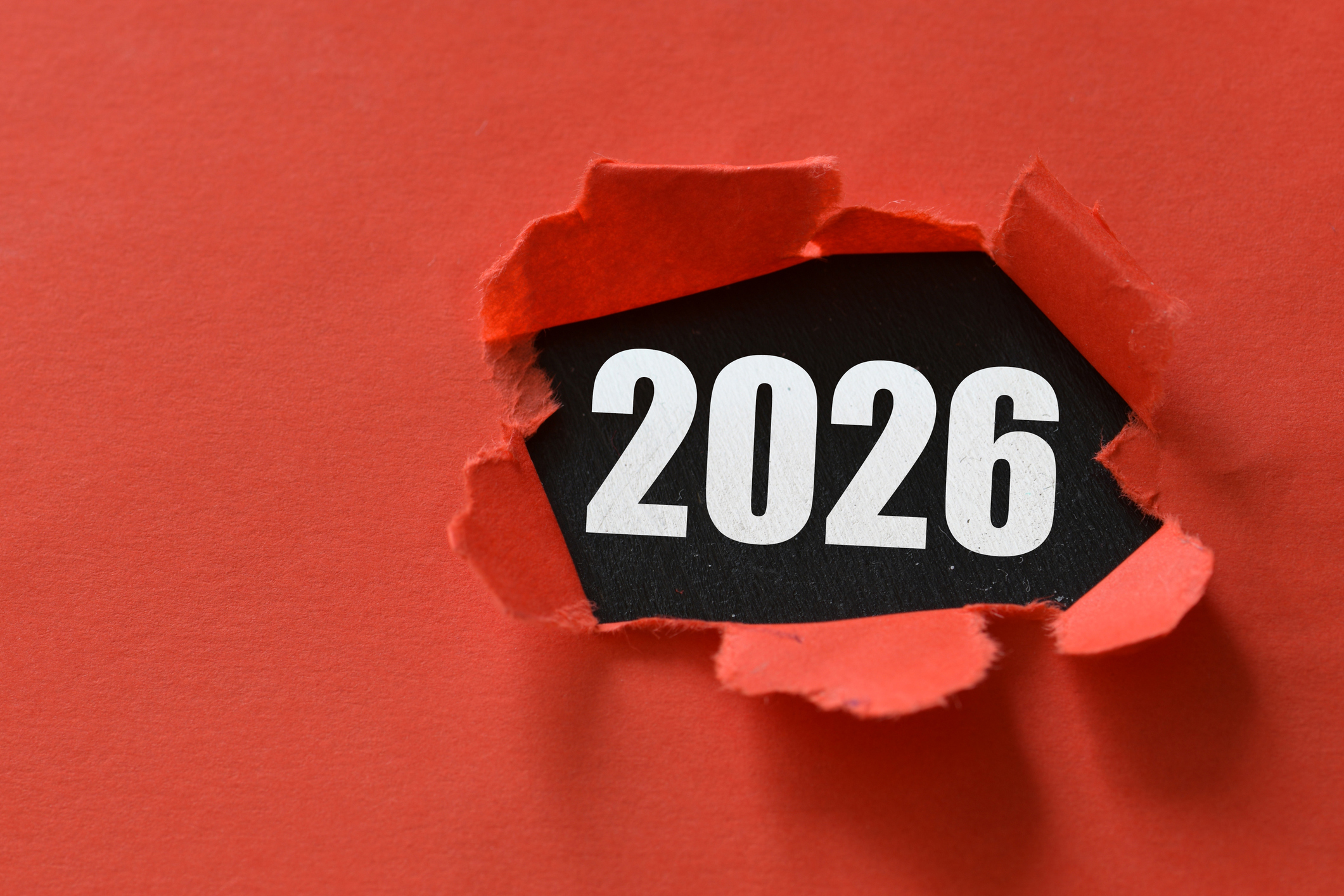The 7 Most Common 401(k) Mistakes to Avoid
Many Baby Boomers might not be ready for retirement, but younger workers have a chance to do better – if they make the most of their 401(k)s.


Here are three good news/bad news retirement plan statistics:
- According to the Investment Company Institute, the 401(k) plan retirement system held $4.8 trillion in assets as of March 2016, representing 52 million active participants, former employees and retirees.
- Vanguard recently reported the average 401(k) balance reached a record high of $101,650.
- And yet, 38 million working-age households (45%) do not own any retirement account assets, whether in an employer-sponsored 401(k)-type plan or an IRA.
The employer-sponsored 401(k) plan has its origins in the 1978 Revenue Act. The first plans began to operate in 1981 and by 1982 had been adopted at almost half of large employers. So this 35-year-old employee benefit has been available to millions of workers who are today 65 years old and who could have been using it to save for retirement and save on their tax bill along the way … but, in fact, only half of Baby Boomers have more than $100,000 in a 401(k) or other retirement plan.
The good news is that younger workers still have their working lifetime to accumulate a retirement nest egg. And they have the advantage of participating in 401(k) plans that have become far more sophisticated over the years.
From just $107.88 $24.99 for Kiplinger Personal Finance
Become a smarter, better informed investor. Subscribe from just $107.88 $24.99, plus get up to 4 Special Issues

Sign up for Kiplinger’s Free Newsletters
Profit and prosper with the best of expert advice on investing, taxes, retirement, personal finance and more - straight to your e-mail.
Profit and prosper with the best of expert advice - straight to your e-mail.
The increased sophistication means it’s a little bit more complicated for participants to understand all the plan choices, so, inevitably, there is the chance to make some mistakes. Here are seven common mistakes that retirement plan participants make and what they should be doing instead. Avoiding mistakes that affect long-term returns can mean the difference between an eventual retirement of financial security and one that is forced to rely on shrinking public programs like Social Security.
If you can save $1 million over a working lifetime, you can potentially withdraw $5,000 per month for 30 years, assuming 6% annual investment returns. This may or may not be your goal but, remember, most retirees have considerably less than this saved by the time they decide to quit working.
Mistake No. 1: Too little
The first mistake plan participants make is just not saving enough. To accumulate $1 million in monthly increments requires that you defer something like $1,000 per month, every month for 30 years and get a 6% annual return.
Mistake No. 2: Too late
The second mistake is not starting soon enough. In the market, time and the power of compound interest are your friends. The more time you have to accumulate your savings, the more time the returns will have to work in your favor. Starting to save right out of college, even if it’s only a little bit, will give you a head start and make the job of saving easier on you down the road. The extra five years’ advantage you could gain by starting to save when you’re 25 instead of 30 could mean either an extra $400,000 saved or a reduction of $300 per month in the amount you need to save to hit the $1,000,000 goal we talked about above.
Saving $1,000 per month is a tall order, but it’s made a bit easier if your employer matches some portion of your contribution.
Mistake No. 3: Mixing up the max
The third mistake participants make is thinking that “maxing out” the employer match is good enough. Many employees figure that if the employer will match the first 3% of their income they defer into the retirement plan, they’ll limit their contribution to 3% because that means they get a 100% match of their contribution. If you make $75,000 per year, save 3%, or $2,250 and the employer matches that, your total annual contribution is only $4,500, which won’t even get you halfway to that $1 million.
If you make that same $75,000 per year and defer 13% into the retirement plan, that’s $9,750, or $812.50 per month. If your employer matches the first 3% of your contribution, that’s an additional $2,250, for a total of $12,000. The employer match in this example is like getting a 23% return on your contribution.
Mistake No. 4: Putting saving second
The fourth mistake savers make is not paying themselves first. Saving 13% of your income may seem like a heavy lift. There are always things that extra monthly income could buy. So maybe you can work up to it. Most 401(k) plans have a feature that allows you to program an increase in your contribution rate each year until you are making maximum contributions. Using this feature could allow you to save your annual raise or bonus. Review your plan to see if it includes this feature.
If you are a single taxpayer, the $9,750 contribution will also save you at least $2,437 in federal income tax.
Mistake No. 5: Out of touch on taxes
The fifth most common mistake is to ignore the tax savings, which in this case are a little over $200 per month. Your paycheck won’t go down quite as much as the entire contribution to the plan because there will be a little less withholding tax.
In our example we assume a 6% annual return, which is pretty conservative but is a fair reflection of numerous periods of time during the last 35 years. Two factors affect returns in a retirement plan: fund selection and asset allocation.
Mistake No. 6: Making no moves
The sixth mistake is not taking the time to use the plan’s available tools to develop an allocation plan. Spreading your contributions out over a variety of funds that represent a broad selection of asset classes is a tried-and-true strategy for minimizing risk and optimizing returns, but a surprising percentage of plan participants don’t even take the time to change their fund selections from the default fund the plan offers. A study by the National Bureau of Economic Research found that as many as half of plan participants who had been in a 401(k) for more than two years still held only the default fund choice in their plan. This default fund is often a Target Date fund. These funds are designed to “do no harm” but often produce below-market returns and charge relatively high fees by comparison to other funds in the plan lineup.
Once you’ve moved beyond the default plan choice and organized an allocated portfolio that includes at least a fund in each of the major asset classes -- perhaps with the assistance of a fiduciary adviser -- by using the large-cap, mid-cap, small-cap, international and fixed income fund choices in your plan, you’ve committed to periodically reviewing and rebalancing your holdings.
Mistake No. 7: Refusing to rebalance
The seventh mistake participants make is not using the rebalancing tool that most plans now have as a standard feature. Rebalancing will keep the risk profile of your retirement plan portfolio consistent, over time.
Nearly one-third of Americans have a sophisticated long-term saving tool available to them through their employer. Modern 401(k) plans are loaded with tools to make saving for retirement easy and effective. And yet, many employees don’t save and many of those who do aren’t being smart about it. Are you one of these? Today would be a good time to review your retirement plan options.
Profit and prosper with the best of Kiplinger's advice on investing, taxes, retirement, personal finance and much more. Delivered daily. Enter your email in the box and click Sign Me Up.

Executive Wealth Planning Partners is a full-service financial planning and asset-management firm. We'll teach you to maximize the value and manage the risk of your employer-sponsored equity compensation and retirement plans while you build a diversified investment portfolio in order to confidently build your family's wealth.
-
 Stocks Extend Losing Streak After Fed Minutes: Stock Market Today
Stocks Extend Losing Streak After Fed Minutes: Stock Market TodayThe Santa Claus Rally is officially at risk after the S&P 500's third straight loss.
-
 What Bilt Cardholders Need to Know as Wells Fargo Exits the Program
What Bilt Cardholders Need to Know as Wells Fargo Exits the ProgramA major shake-up in the Bilt Rewards program could affect your credit card, rent rewards and points strategy heading into 2026.
-
 3 Major Changes to the Charitable Deduction in 2026
3 Major Changes to the Charitable Deduction in 2026Tax Breaks About 144 million Americans might qualify for the 2026 universal charity deduction, while high earners face new IRS limits. Here's what to know.
-
 I'm a Financial Pro: You Really Can Make New Year's Money Resolutions That Stick (and Just Smile as Quitter's Day Goes By)
I'm a Financial Pro: You Really Can Make New Year's Money Resolutions That Stick (and Just Smile as Quitter's Day Goes By)The secret to keeping your New Year's financial resolutions? Just make your savings and retirement contributions 100% automatic.
-
 As We Age, Embracing Our Own Self-Doubt Can Be a Gift: A Cautionary Tale About Elder Financial Abuse
As We Age, Embracing Our Own Self-Doubt Can Be a Gift: A Cautionary Tale About Elder Financial AbuseAn aging couple hired a company that illegally required large deposits, and then they decided to stick with the company even after an employee stole from them.
-
 Domestic vs Offshore Asset Protection Trusts: A Basic Guide From an Attorney
Domestic vs Offshore Asset Protection Trusts: A Basic Guide From an AttorneyLearn the difference between domestic asset protection trusts and foreign or offshore asset protection trusts to help you decide what might work best for you.
-
 Now That You've Built Your Estate Planning Playbook, It's Time to Put It to Work
Now That You've Built Your Estate Planning Playbook, It's Time to Put It to WorkYou need to share details with your family (including passwords and document locations) and stay focused on keeping your plan up to date.
-
 I'm a Wealth Adviser: These 10 Strategies Can Help Women Prepare for Their Impending Financial Power
I'm a Wealth Adviser: These 10 Strategies Can Help Women Prepare for Their Impending Financial PowerAs women gain wealth and influence, being proactive about financial planning is essential to address longevity and close gaps in confidence and caregiving.
-
 I'm a Financial Planning Pro: This Is How You Can Stop These 5 Risks From Wrecking Your Retirement
I'm a Financial Planning Pro: This Is How You Can Stop These 5 Risks From Wrecking Your RetirementYour retirement could be jeopardized if you ignore the risks you'll face later in life. From inflation to market volatility, here's what to prepare for.
-
 Are You Hesitating to Spend Money You've Spent Years Saving? Here's How to Get Over It, From a Financial Adviser
Are You Hesitating to Spend Money You've Spent Years Saving? Here's How to Get Over It, From a Financial AdviserEven when your financial plan says you're ready for a big move, it's normal to hesitate — but haven't you earned the right to trust your plan (and yourself)?
-
 Time to Close the Books on 2025: Don't Start the New Year Without First Making These Money Moves
Time to Close the Books on 2025: Don't Start the New Year Without First Making These Money MovesAs 2025 draws to a close, take time to review your finances, maximize tax efficiency and align your goals for 2026 with the changing financial landscape.